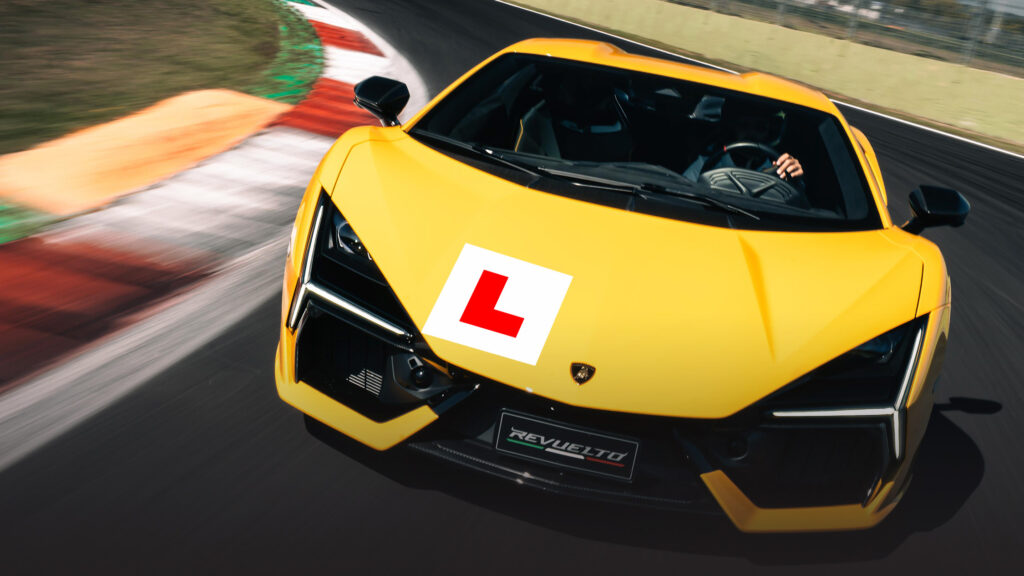- Lamborghini uses three types of test driver when setting lap times during car development: pro, engineer and regular driver.
- If the delta between them is too large Lamborghini considers making changes to the chassis setup.
- Three-tier testing protocol is designed to ensure the cars are fun for all drivers.
Supercar brands love to crow about how many seconds faster their new model is than the one that came before. But those times are all set by pro drivers with super-human wheelman skills, people capable of pushing a car far harder than any normal driver would. Which is why Lamborghini now uses average Joe drivers to help refine its chassis setups.
“We have three levels of driver setting lap times during car development,” Lamborghini’s Chief Technical Officer, Rouven Mohr, told Carscoops at last weekend’s UK Lamborghini Day. “We have professional race drivers, our own engineers and then we have regular drivers. If the lap time difference between the drivers is too great, we will take another look at the chassis setup to make sure the car will be fun for ordinary drivers.”
Related: Lamborghini Huracan STJ Sends The V10 Supercar Out On A High
I’ve driven plenty of Ferraris and Lamborghinis on road and track over the past 20 years and for a long time it seemed to me that while Ferrari would tune its cars and their ever-more-advanced ESP systems and electronically-controlled differentials to encourage even inexperienced drivers to explore the limits, Lamborghinis were often more aloof. They were engineered to be safe, possibly over-safe for regular drivers, and you had to be really handy, and be going seriously quickly, to unlock the real ability.
Mohr doesn’t disagree, but says Lamborghini has a different philosophy these days. We met at the UK launch of the PHEV Urus SE, whose launch video showed it performing donuts and huge drifts made possible by the reconfigured all-wheel drive system.
“I’d prefer to lose a bit of outright lap time ability in the hands of a pro driver to make an ordinary driver go faster and have more fun,” Mohr says, even if that means reduced bragging rights at somewhere like the Nurburgring.
“We get a lot of useful test information from our time at the Nurburgring, because you don’t get the same features like the bumps on other race tracks,” says Mohr. “Porsche tests a lot there too, but for some other brands going to the Nurburgring and setting lap times is more about getting the publicity,” he suggests.




